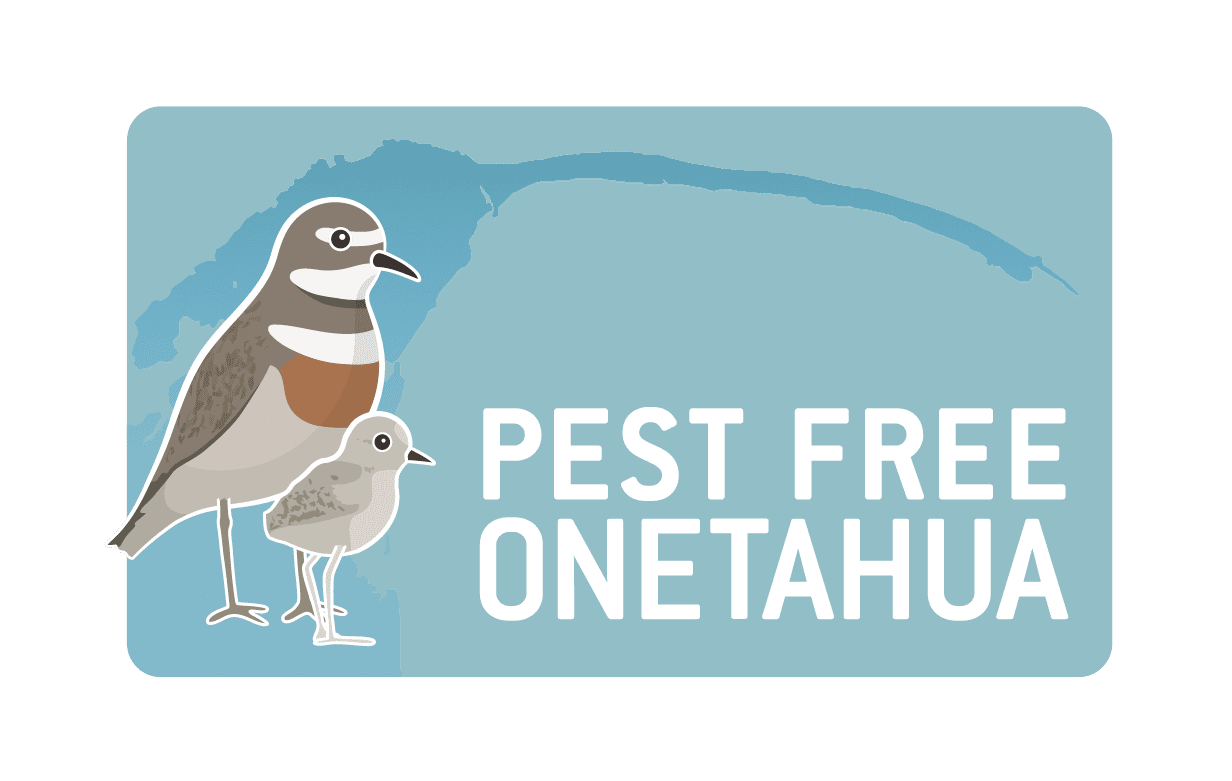Pest Free Onetahua
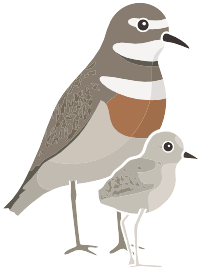
Why Onetahua?
Pest Free Onetahua is an ecological project of international significance. The dynamic and diverse landscape is like no other, with thousands of migratory birds and endangered flora and fauna calling it home. It is also of great cultural and spiritual significance to Manawhenua ki Mohua as o te wairua o ngā tangata o te Waipounamu – the place where the spirits depart.
This project lays a foundation for a thriving wildlife habitat rich in Māori traditions and ancestral stories. We will return nature to Onetahua and create a safe haven for endangered bird species.
Onetahua is a wetland of international significance. A critical stopover for migrating shorebirds, it gained international status as a Ramsar site in 1976. Pests threaten many of these birds and other native species - we want them gone and we’re not alone. We're part of a growing nationwide movement to remove pests and return these habitats to their rightful owners - our native tāonga.

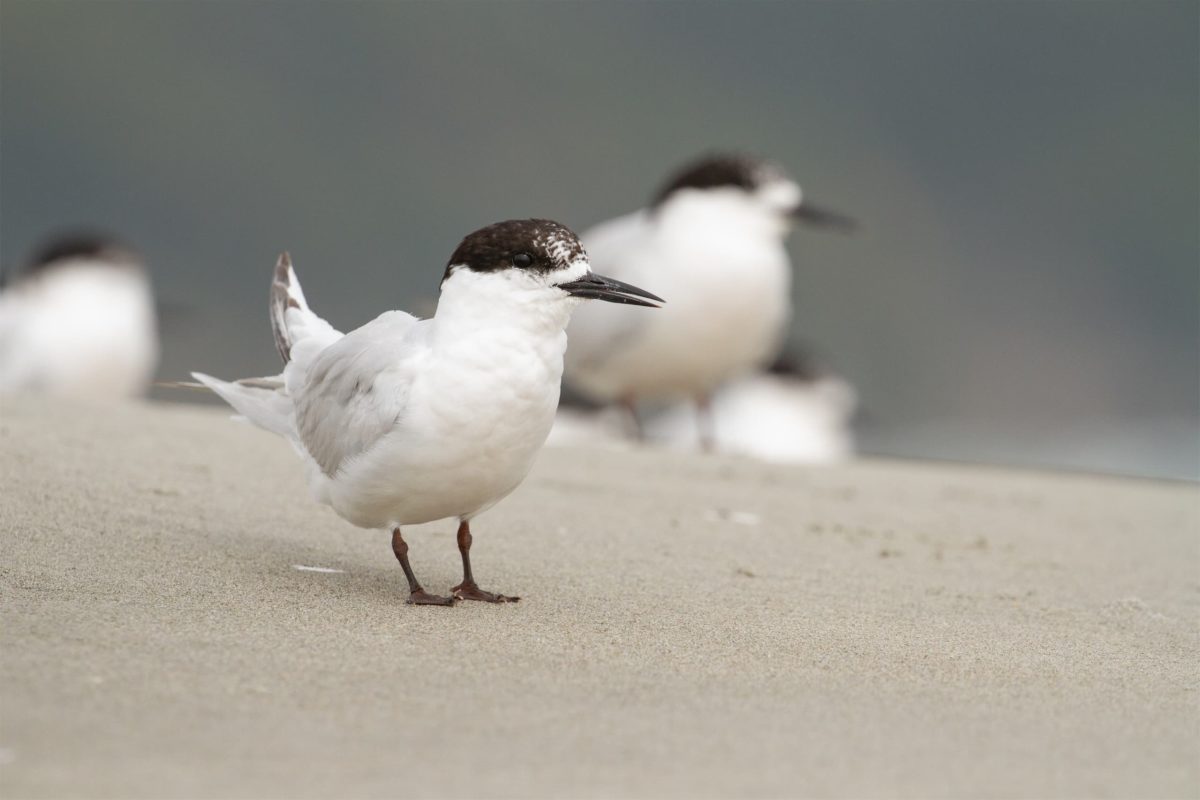
Shifting Sands and Changing Landscapes
A Place Shaped by Wind and Water
Archaeological findings, including middens and pits, show the early Māori occupation of Onetahua. With the arrival of European settlers, Onetahua - or Tuhuroa as it was then known to local Māori - would undergo a dramatic transformation. A diary entry from HP Wasbourn in 1933 describes the spit as once being covered with vegetation, but thanks to slash and burn techniques and stock grazing, the area was stripped of its greenery.
A Precious Tāonga of International Significance
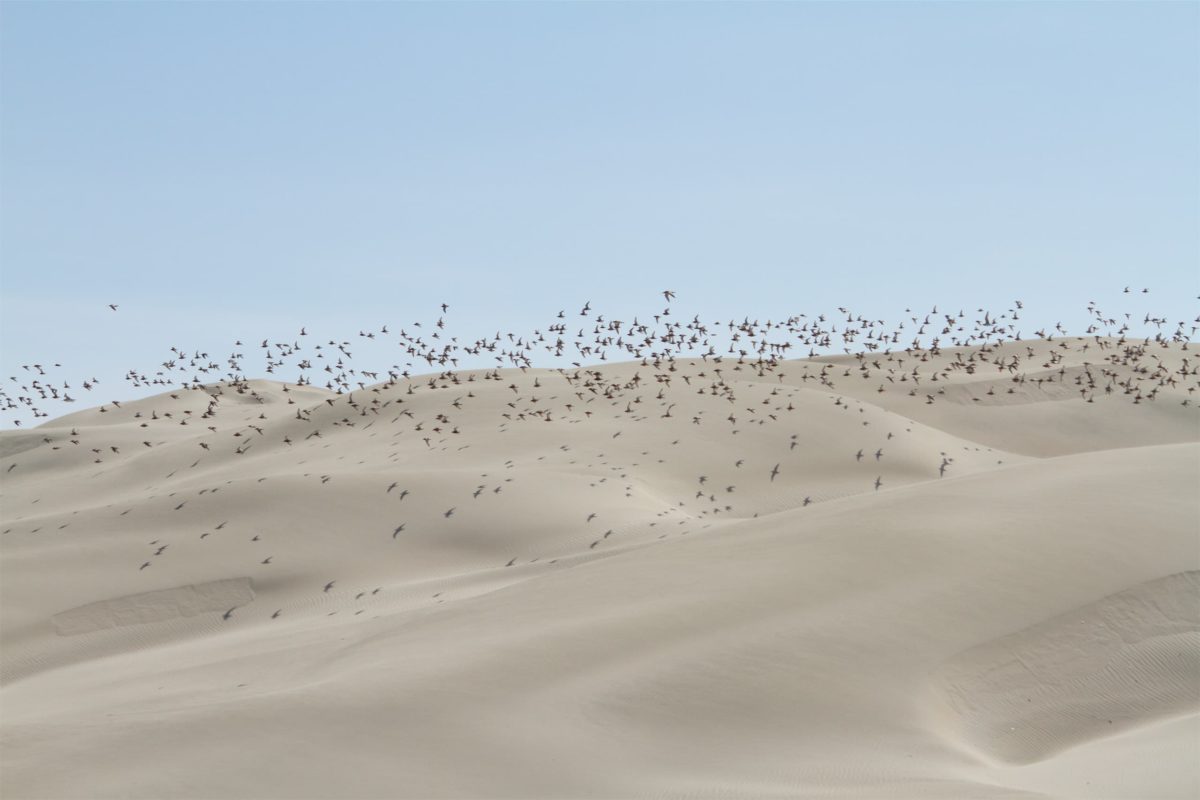
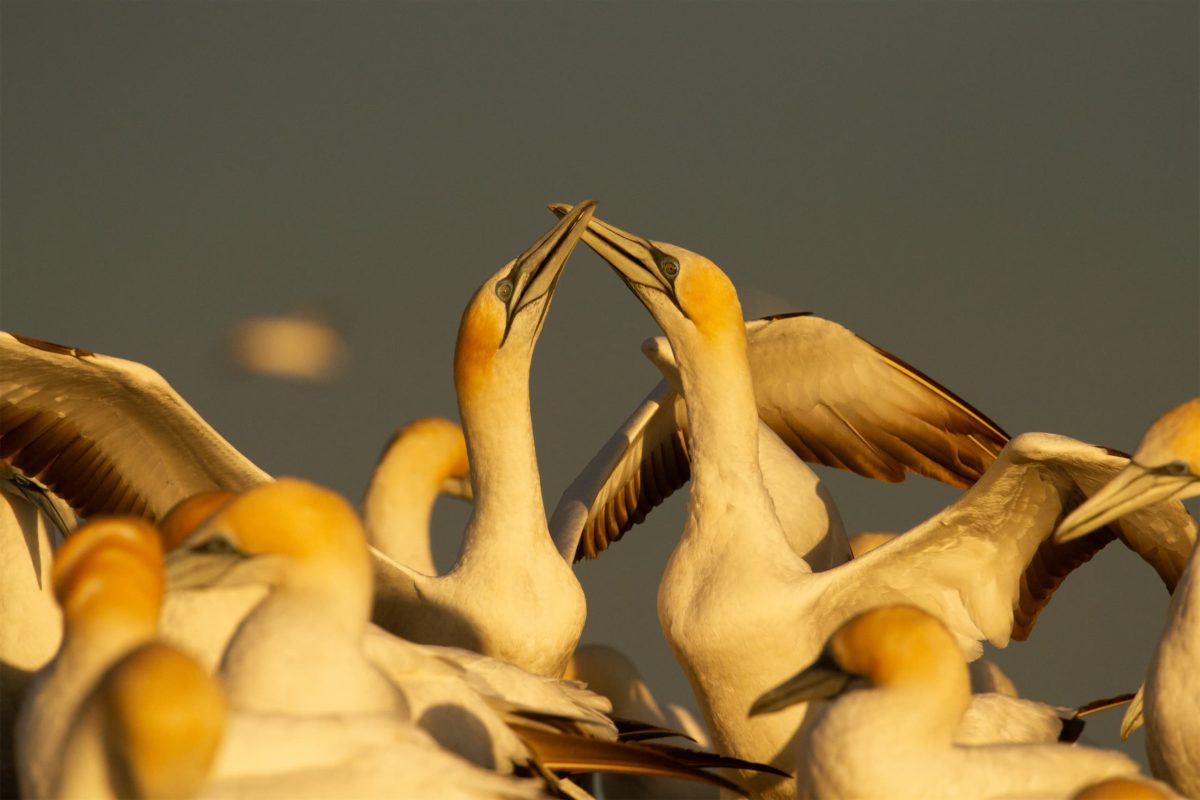
So What’s Wrong With This Picture?
It's Not Just About the Birds
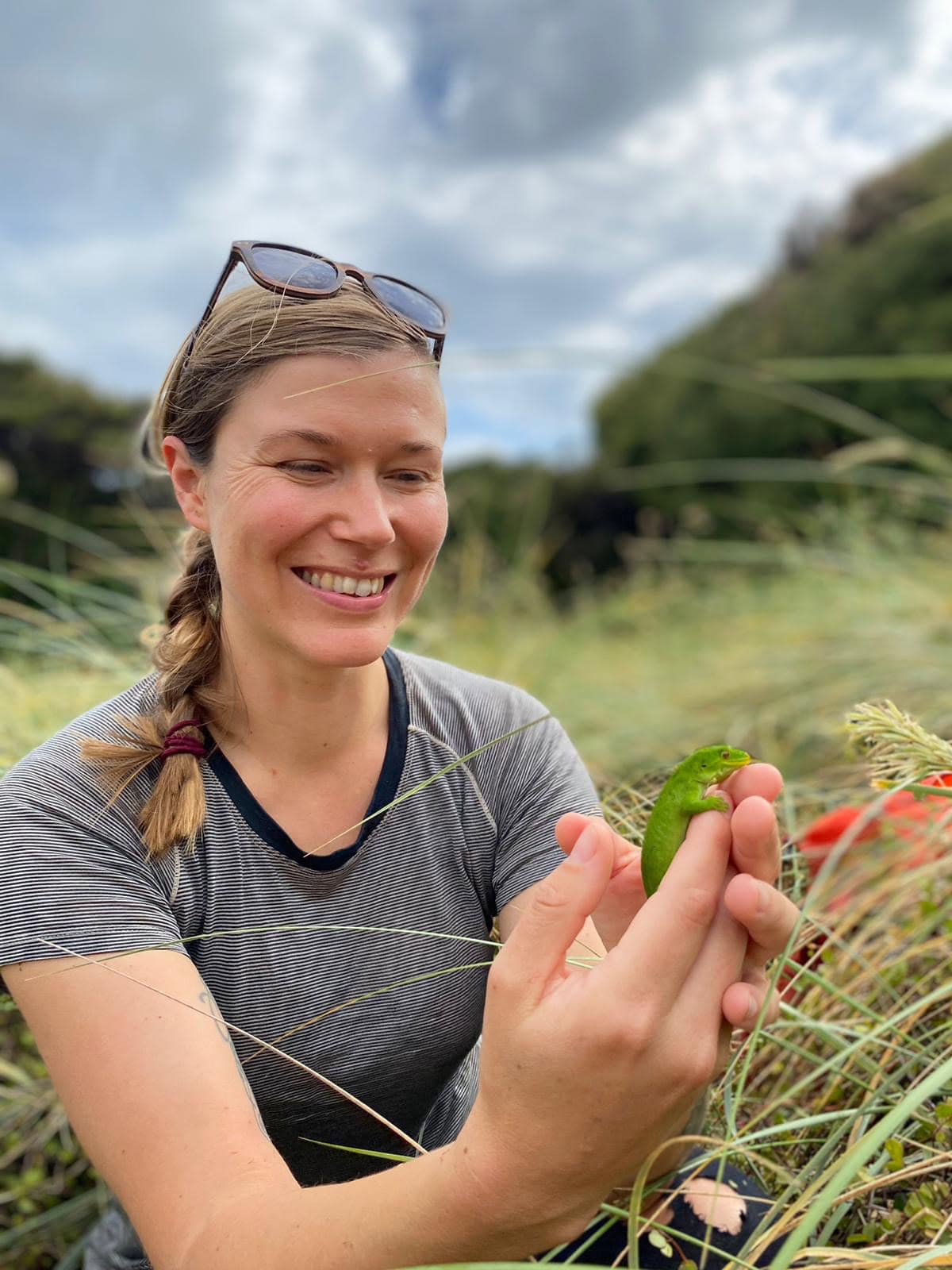

What will we gain?
Our understanding of the link between pest eradication and climate change is growing. A Forest and Bird report shows the negative impact of browsing pests on the ability of native ecosystems to be carbon sinks. Stopping pests from stripping away this vegetation can help reverse this trend.
Many local landowners are already carrying out their own trapping in the area. HealthPost Nature Trust has a smaller scale trapping programme in place and Farewell Spit Eco tours have been actively trapping on the Spit for many years. Together we can tackle these pests, building on the hard mahi that’s already been done and share our learnings with other eradication projects in New Zealand.

Our Partners
Pest Free Onetahua is a partnership between Tasman Environmental Trust and Manawhenua Ki Mohua, working closely with DOC, local landowners and the Mohua community.

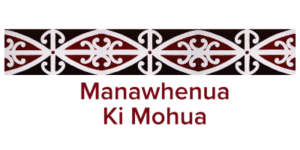


Our People
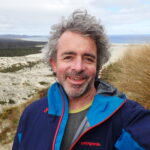
Scott Burnett


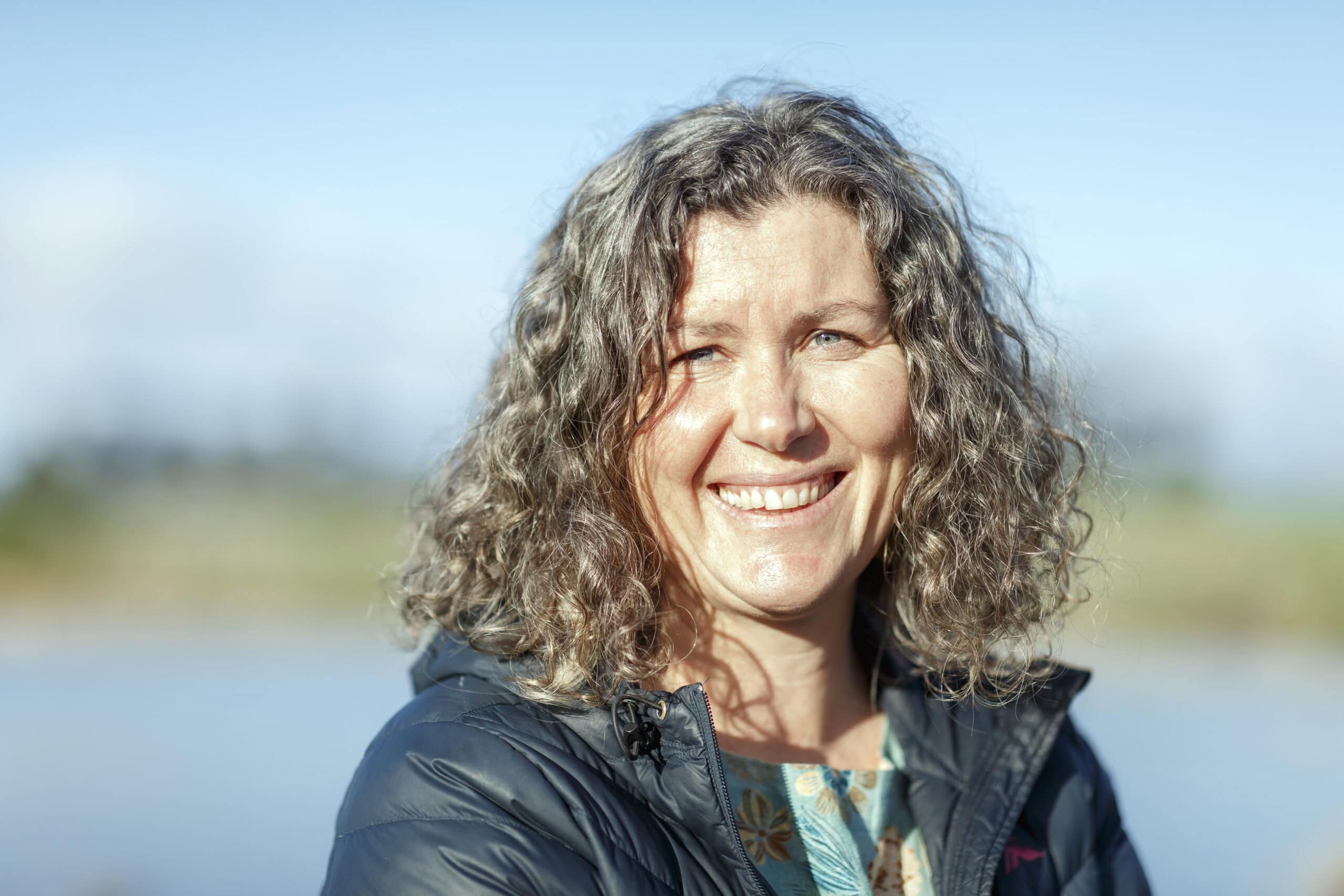
Sky Davies



Margie Little



